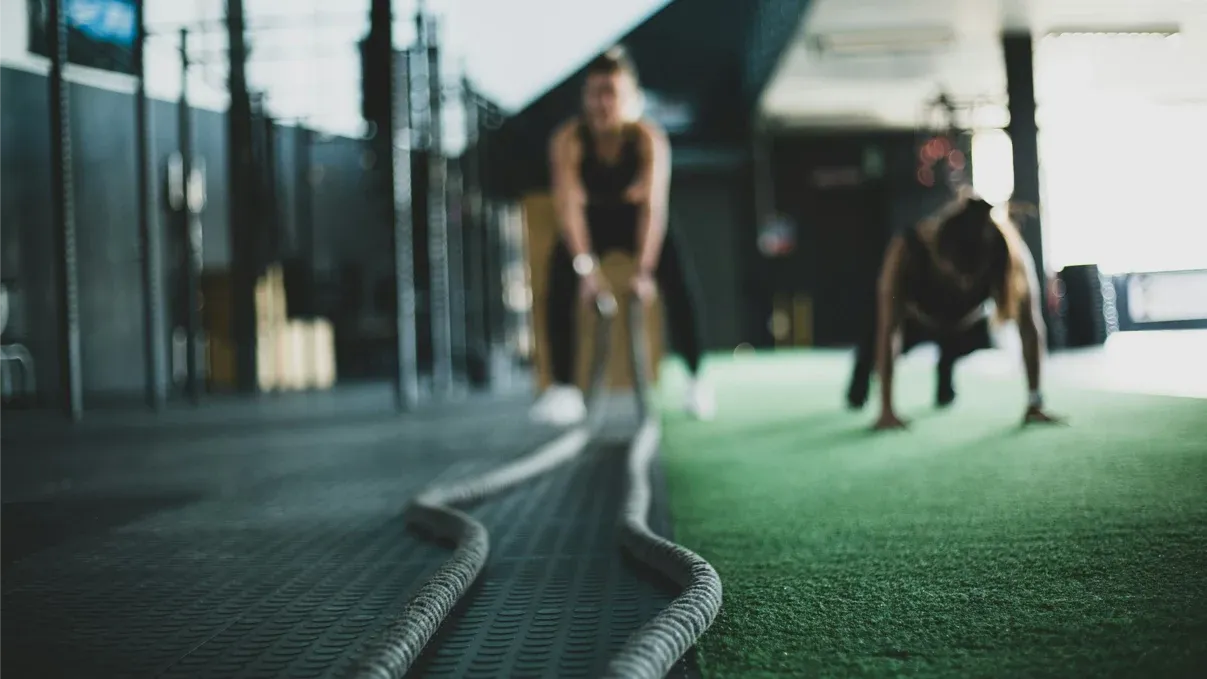Pull-ups are a fundamental exercise for building upper body strength. However, the way you grip the bar can significantly alter which muscles are targeted and how effectively. This comprehensive guide explores the various pull-up grips and their impacts on muscle activation.
Understanding Pull-Up Grips
There are three main types of pull-up grips:
- Wide Grip
- Narrow Grip
- Neutral Grip
Each grip targets different muscle groups with varying degrees of intensity. Let's dive into the specifics of each grip type.
Wide Grip Pull-Ups
Wide grip pull-ups are renowned for building an impressive back, particularly the latissimus dorsi (lats).
Technique
- Grip the bar wider than shoulder-width apart (1.5 to 2 times shoulder width)
- Palms facing away from you
Muscle Activation
Primary Muscles
- Latissimus dorsi
- Teres major
- Upper trapezius
Secondary Muscles
- Posterior deltoids
- Rhomboids
Benefits and Considerations
- Excellent for building back width
- Minimizes bicep engagement
- Can place stress on shoulder joints
Narrow Grip Pull-Ups (Chin-Ups)
Narrow grip pull-ups, often called chin-ups, emphasize bicep activation while still engaging the back muscles.
Technique
- Grip the bar at shoulder-width or narrower
- Palms facing towards you (underhand grip)
Muscle Activation
Primary Muscles
- Biceps brachii
- Brachialis
Secondary Muscles
- Latissimus dorsi
- Rhomboids
Benefits and Considerations
- Excellent for bicep development
- Easier for beginners compared to wide grip
- Still provides substantial back engagement
Neutral Grip Pull-Ups
Neutral grip pull-ups offer a balanced activation of back and arm muscles while being more shoulder-friendly.
Technique
- Grip the bar with palms facing each other
- Hands typically shoulder-width apart
Muscle Activation
Primary Muscles
- Latissimus dorsi
- Brachialis
- Brachioradialis
Secondary Muscles
- Rhomboids
- Biceps brachii
Benefits and Considerations
- Most ergonomic for shoulders and wrists
- Balanced muscle activation
- Ideal for beginners or those with shoulder issues
Comparative Analysis of Grip Types
| Grip Type | Primary Muscles | Difficulty Level | Joint Stress |
|---|---|---|---|
| Wide | Lats, Upper Back | High | High |
| Narrow | Biceps, Lats | Medium | Medium |
| Neutral | Balanced | Low to Medium | Low |
Mastering Pull-Up Technique
Regardless of the grip you choose, proper technique is crucial for maximizing benefits and preventing injuries:
- Warm-Up: Always prepare your muscles and joints before starting.
- Engage Your Core: Keep your midsection tight throughout the movement.
- Control the Movement: Avoid swinging or using momentum.
- Full Range of Motion: Lower yourself completely and pull up until your chin is over the bar.
- Breathing: Exhale as you pull up, inhale as you lower down.
Incorporating Different Grips into Your Routine
To maximize muscle development and prevent plateaus, consider the following strategies:
- Rotation: Alternate between grip types on different workout days.
- Supersets: Combine different grip types within the same workout.
- Progressive Overload: Gradually increase reps or add weight as you improve.
- Variation: Incorporate other pull-up variations like commando pull-ups or L-sit pull-ups.
Common Mistakes to Avoid
- Overtraining: Allow adequate rest between pull-up sessions.
- Neglecting Form: Prioritize proper technique over rep count.
- Ignoring Pain: Listen to your body and avoid pushing through joint pain.
- Imbalanced Training: Don't focus solely on one grip type.
Pull-Up Progression for Beginners
If you're new to pull-ups, follow this progression:
- Assisted Pull-Ups: Use resistance bands or a machine.
- Negative Pull-Ups: Focus on the lowering phase.
- Scapular Pull-Ups: Build foundational strength.
- Partial Range Pull-Ups: Gradually increase your range of motion.
- Full Pull-Ups: Start with your strongest grip type.
Conclusion
Understanding the nuances of different pull-up grips allows you to tailor your workouts for specific goals and overall upper body development. Whether you're aiming for a wider back, stronger biceps, or balanced muscle activation, incorporating various grip types can elevate your pull-up game.
Remember, consistency and proper form are key. Start with the grip that feels most comfortable, and gradually incorporate others as you build strength and confidence. With time and dedication, you'll master all pull-up variations and enjoy the comprehensive upper body development they offer.
Are you ready to diversify your pull-up routine and take your upper body strength to new heights?















